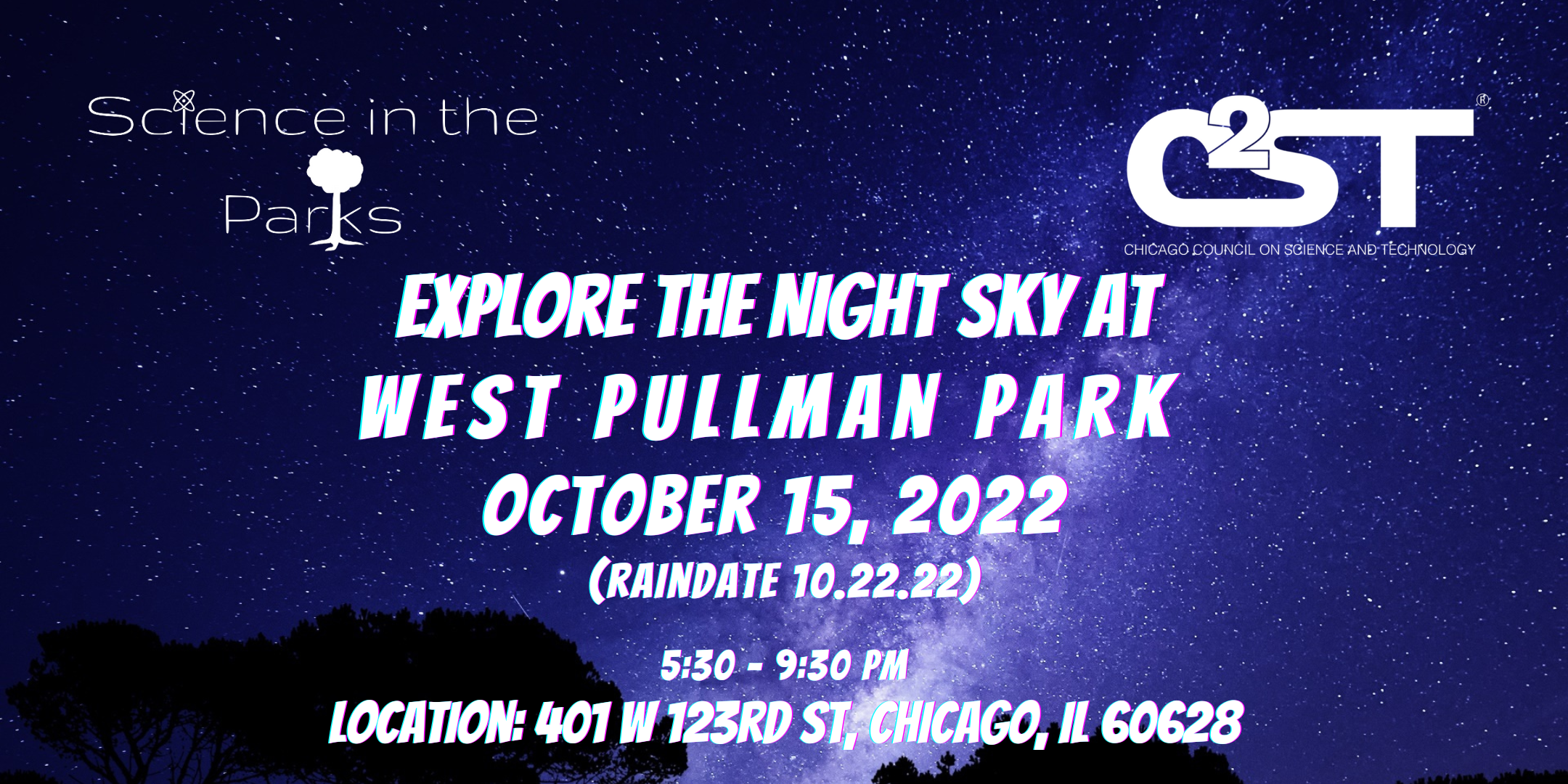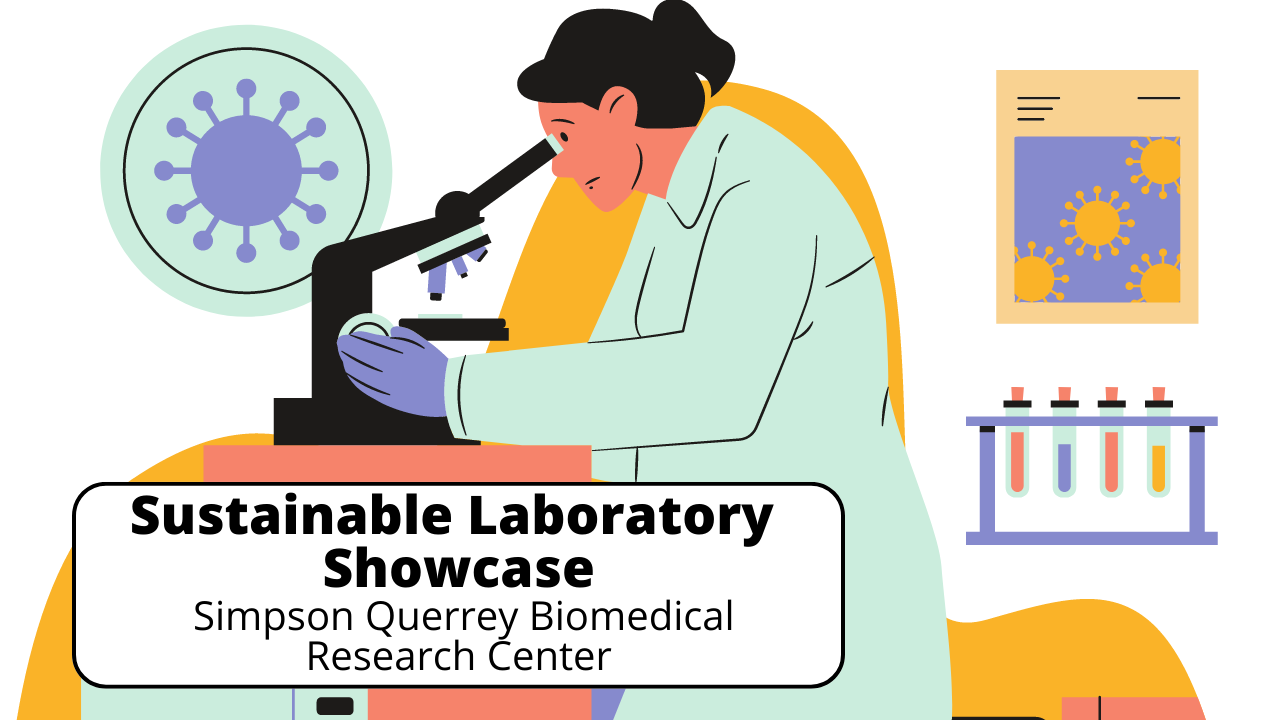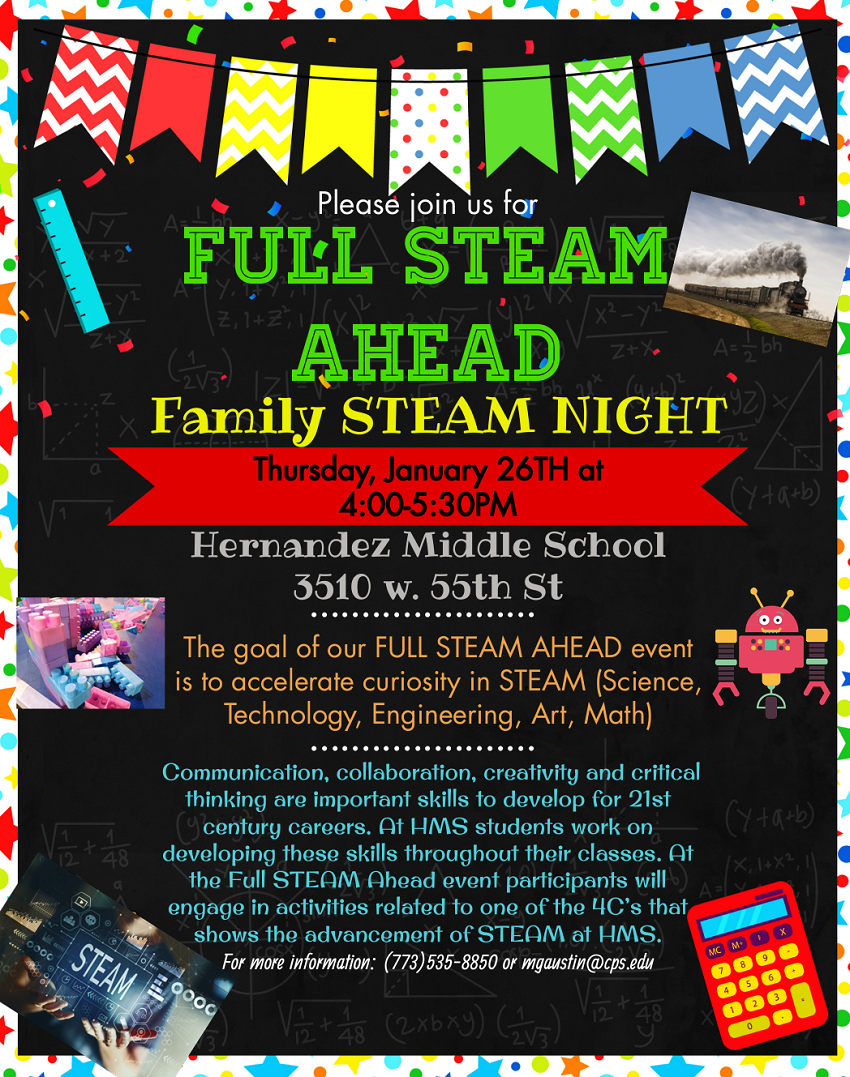
The goal of our ‘full STEAM ahead’ event is to ignite curiosity in STEM and the Arts.
Communication, collaboration, creativity, and critical thinking are important skills to develop for 21st-century careers. At Hernandez Middle School (HMS), all students work on developing these skills throughout their classes. At the STEAM event, participants will engage in activities related to one of the 5C’s that shows connections between STEM and the Arts. Possible sessions include: visualizing sound via an oscilloscope, creating your own phonograph, and sensing interference patterns via sound.
*This event is closed to the general public and is only open to HMS families. If you’d like to volunteer and get involved, please click the link above!
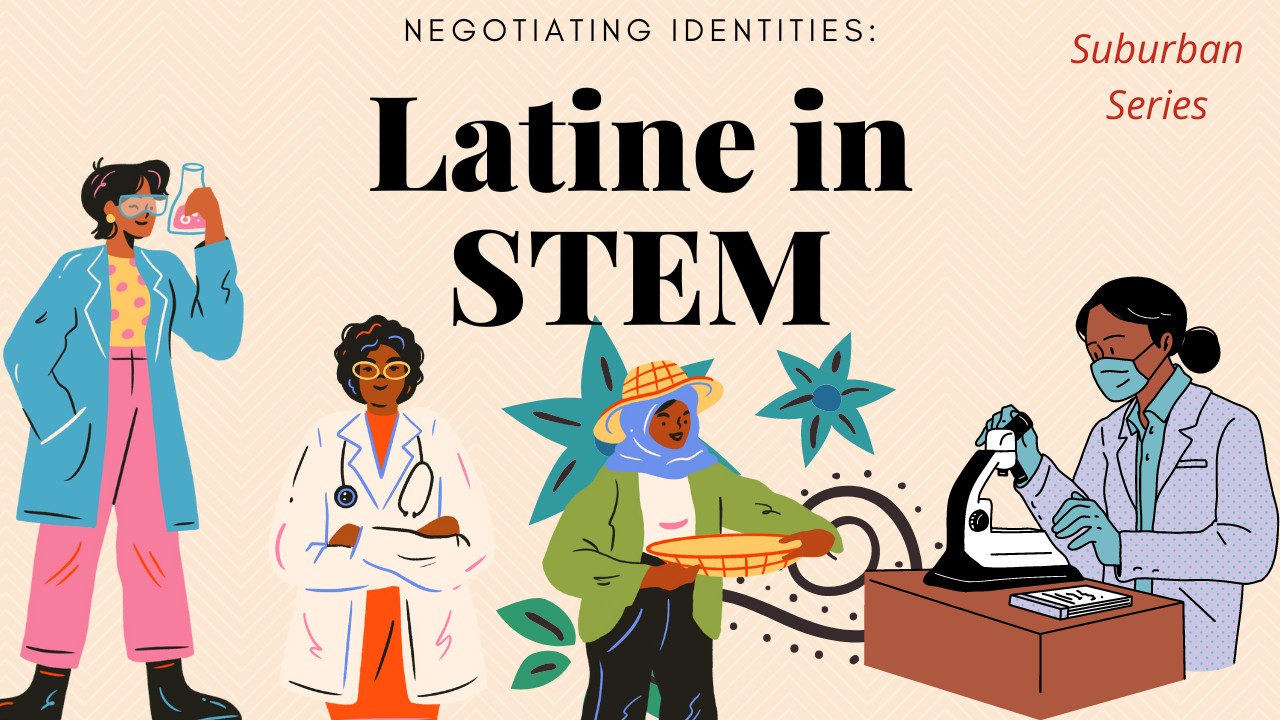
How do Latine people negotiate their various identities while navigating the STEM world? What methods can we employ to imagine a different STEM landscape–one that is free from the barriers that Latine people face in STEM? How can we foster transformative, critical thinkers within the Latine/x community to best equip them with the challenges they will face should they choose to pursue STEM?
Continue reading “Negotiating Identities: Latine In STEM”
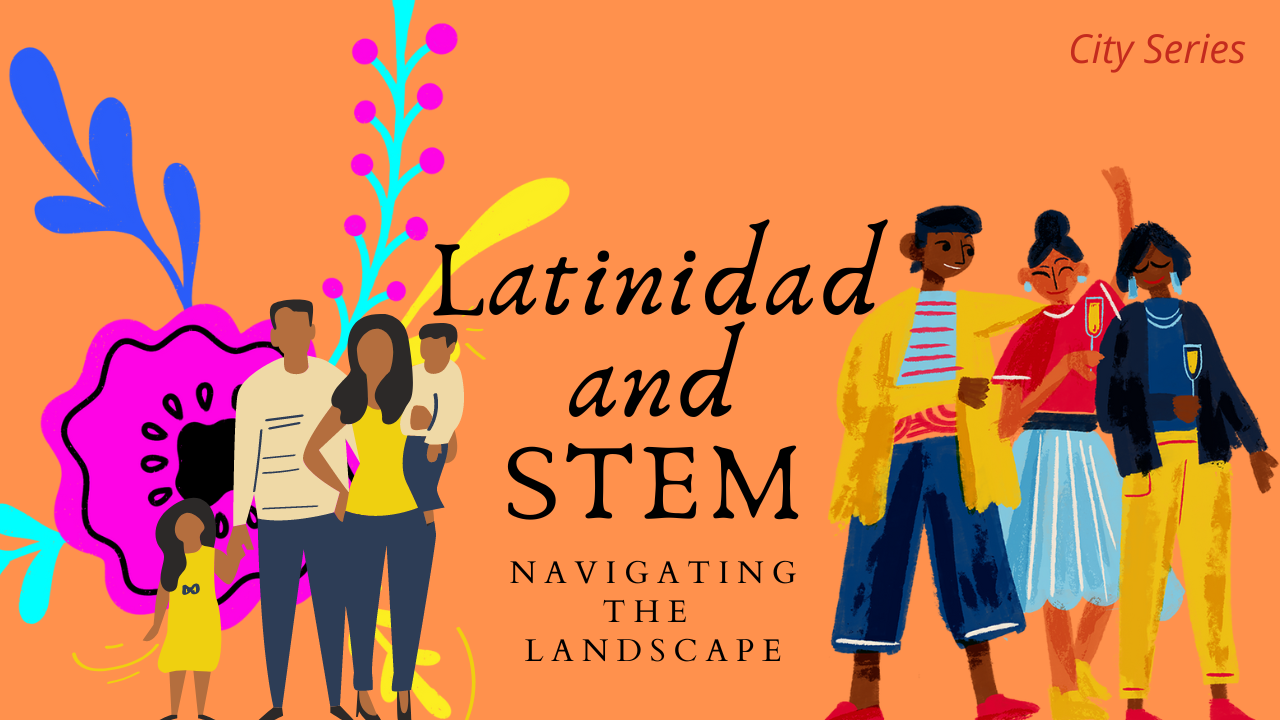
How do Latine people negotiate their various identities while navigating the STEM world? What methods can we employ to imagine a different STEM landscape–one that is free from the barriers that Latine people face in STEM? How can we foster transformative, critical thinkers within the Latine/x community to best equip them with the challenges they will face should they choose to pursue STEM?
Continue reading “Latinidad and STEM: Navigating the Landscape”
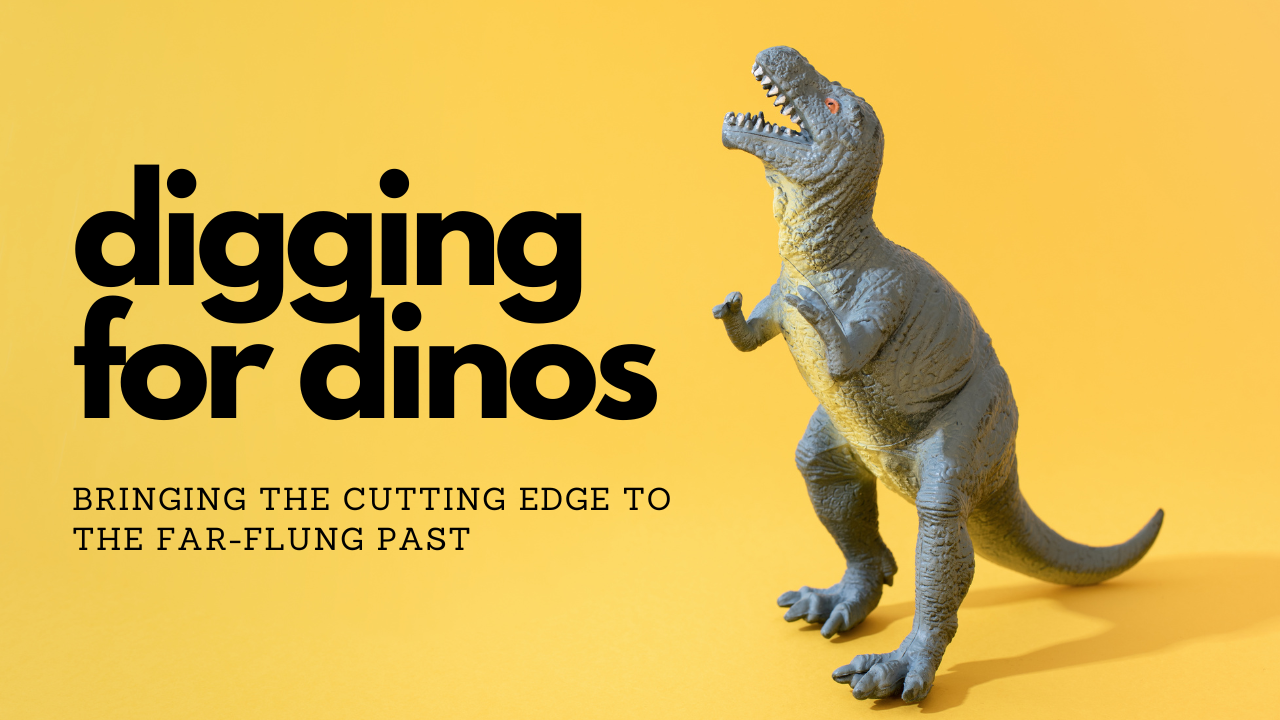
Dinosaurs have captured the imaginations of children and adults for generations. In 1993, dino-fever soared to new heights with the release of Steven Spielberg’s classic science fiction film Jurassic Park (based on Michael Chrichton’s novel of the same name). Since then, there have been five more Jurassic Park films and a slew of comic books, video games, and toys. Dinosaurs show no signs of stopping as they stampede through our collective imagination. Continue reading “Digging for Dinos: Bringing The Cutting Edge To The Far Flung Past”

